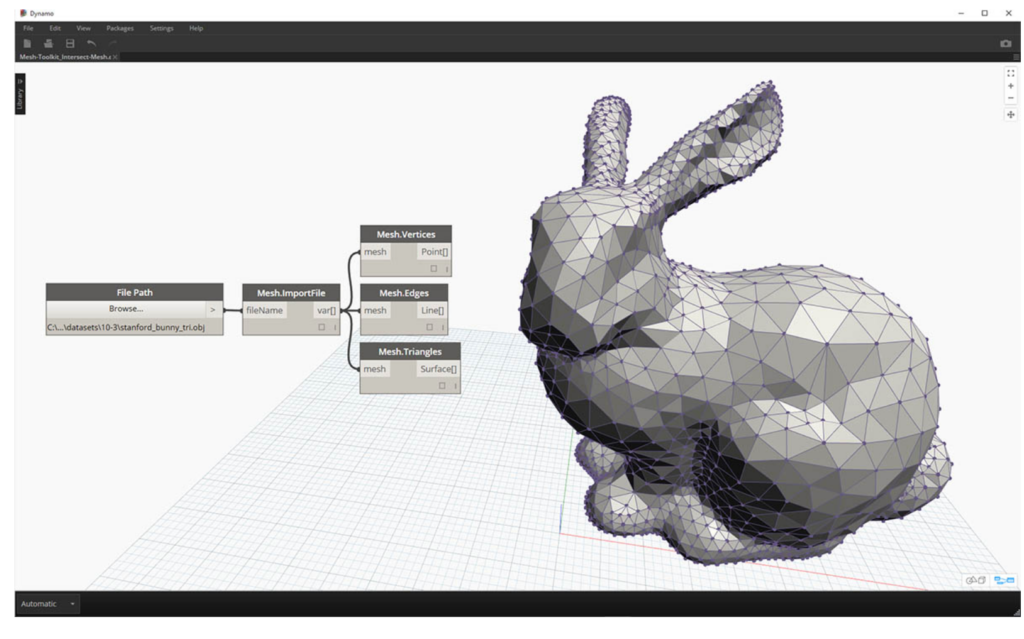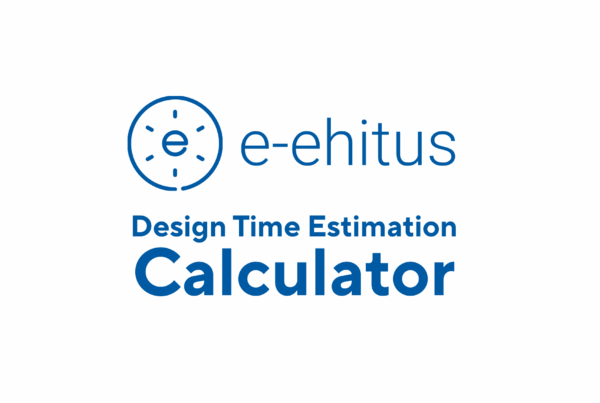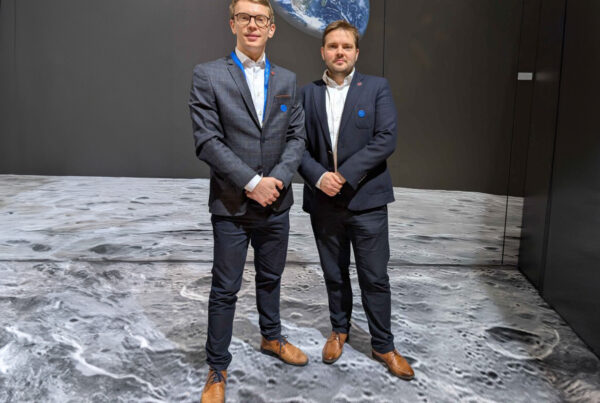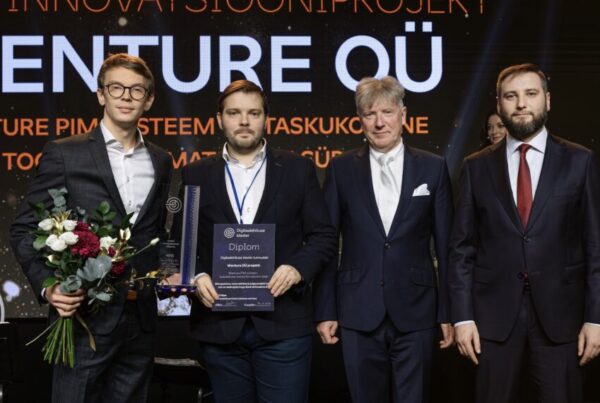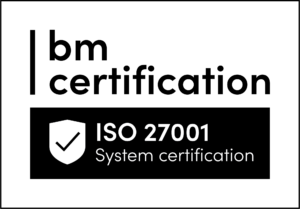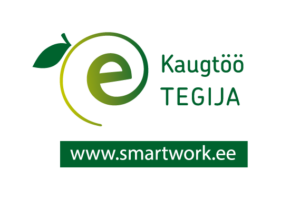Designers need more and more skills to help automate their work. However, learning traditional text-based programming languages is a time-consuming activity. What is the solution?
Imagine if programming were as easy as playing with Lego blocks – you just keep putting together different puzzle pieces without needing to know what the block is made of or how it’s made. This is how you could describe visual programming.
This approach is different from the programming we are familiar with because it uses graphical elements instead of text-based commands. In other words, it provides the user with a ready-made block. This makes visual programming a good solution for those who want to automate their manual and time-consuming work but lack in-depth programming knowledge.
How does visual programming work?
The idea of visual programming is to simplify software development using intelligent graphical elements. These graphical elements can contain various actions, and by combining them, you can create different commands for a program.
For example, in the diagram below, we see elements that create a circle based on the input data. The library of such elements is already quite extensive today, and more complex elements can always be added.
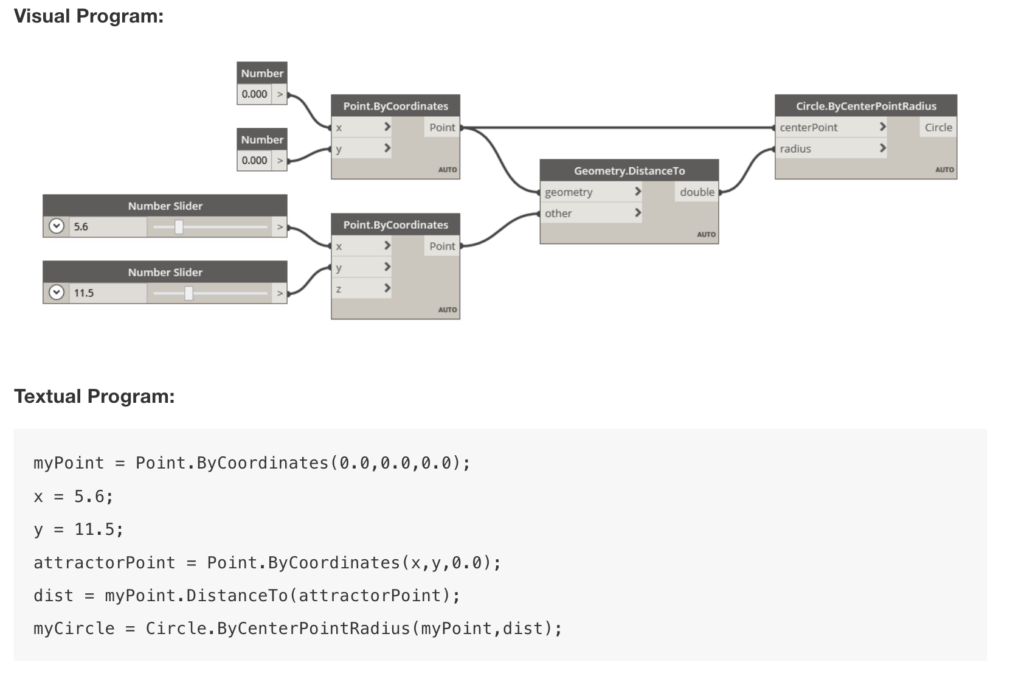
Fotol: Samad käsklused esitatud graafiliste elementide ja tekstilise programmeerimise puhul. Allikas: Dynamo
Ühendades omavahel graafilisi elemente ja käsklusi saab luua tervikliku ja töötava programmi. Soovitud komponente hoitakse raamatukogus, kust on neid lihtne programmi tööaknasse lisada. Tööaknas on võimalik elemente mugavalt ringi tõsta, omavahel erinevaid seoseid luua ja katsetada, kuidas programmi käitumist muudab.
Näiteks saavad arhitektid visuaalse programmeerimise abiga automatiseerida enda töövoogusid, optimeerida oma disaine või isegi ideid koguda. Võib kombineerida ruumi suurust ja akende arvu, et teada saada, kui palju aknaid oleks ruumis optimaalne ja kuidas neid võiks paigutada. Nii aitab visuaalne programmeerimine arhitektil või projekteerijal luua täpne kujutus planeeritud hoonest, ilma et nad peaksid kordagi tundma tekstipõhise programmeerimiskeele süntaksit.
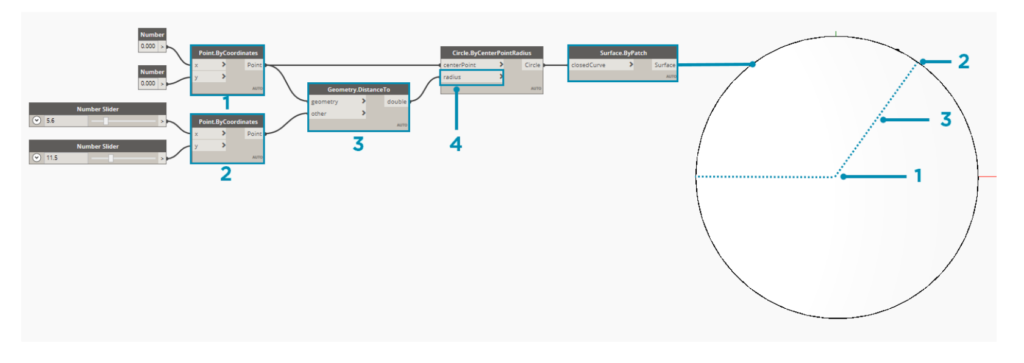
Photo: Creating a circle using visual programming – simply enter the parameters in the boxes. Source: Dynamo.
Video: Visual programming explained by Dynamo.
A gateway to the world of parametric and generative design
Visual programming, on the other hand, opens the doors to a new world. It makes many complex tasks easily accessible to designers and architects with limited programming skills, including parametric and generative design.
Parametric design – as the name suggests – helps create design solutions based on input parameters, such as materials or location constraints. The advantage of parametric design is that by changing one parameter, other related parameters automatically adjust, allowing for real-time design changes.
Generative design, on the other hand, uses user input to propose various ways to achieve the user’s desired goal. For example, given the plot area and a suitable percentage of area coverage, machine learning, with the help of generative design, suggests the best possible layout on the plot.
Visual programming transforms these commands from complex mathematical tasks into rules and algorithms that architects can create for themselves to generate suitable visual results.
What are the advantages of visual programming?
Visual programming is primarily used in cases where speed, automation, and easy programming are very important. Some more specific examples include:
1. Repetitive and tedious tasks can be automated, saving time.
2. Real-time project modifications reduce project completion time.
3. Generative design can create multiple design options to present to clients or partners and choose the best one.
4. Creating simulations helps predict building behavior, such as building performance, energy efficiency, and more.
What to do if you want to get started?
Visual programming tools are typically add-ons that are compatible with other software like Autodesk Revit, Trimble Quadri, or Rhino. Two leading visual programming platforms are Dynamo and Grasshopper.
However, it’s worth noting that while visual programming is easier in itself, its initial use can be challenging. Understanding how the software works requires a certain foundation, which is not yet widely taught in Estonian schools today. This can often be an obstacle when introducing such software.
If understanding code and logic seems time-consuming, it may be wise to contact a construction sector specialist who specializes in integrating IT and construction. Such a specialist can use the relevant software.
If you want to automate your work but don’t know where to start or have difficulty setting up a codebase, please contact us. At Wenture, we can identify the nature of your work according to your work organization and create an initial code chain that can be used regularly.

